
The classic home cheese making primer has been updated and revised to reflect the increased interest in artisanal-quality cheeses and the availability of cheese making supplies and equipment. Here are 85 recipes for cheeses and other dairy products that require basic cheese making techniques and the freshest of ingredients, offering the satisfaction of turning out a coveted delicacy. Among the step-by-step tested recipes for cheese varieties are farmhouse cheddar, gouda, fromage blanc, queso bl
Home Cheese Making: Recipes for 75 Homemade Cheeses






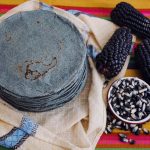


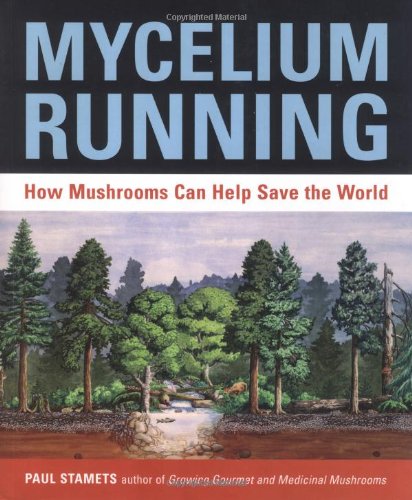
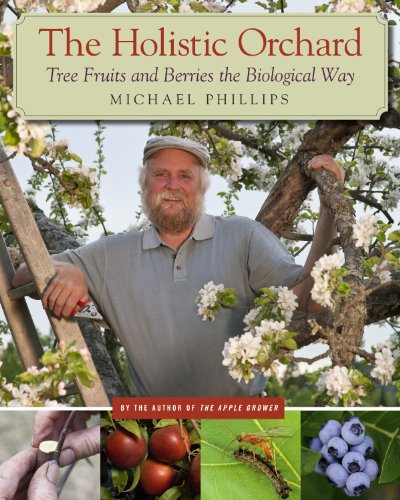
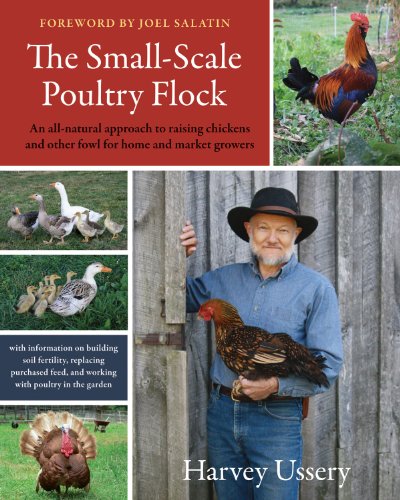




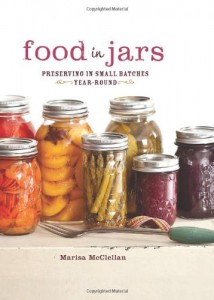
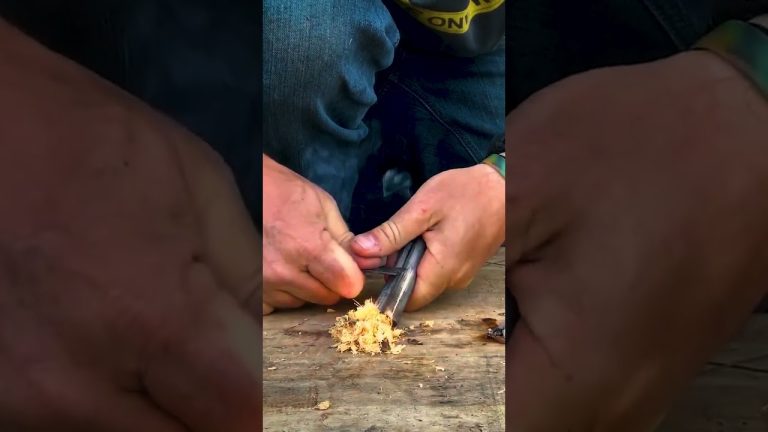

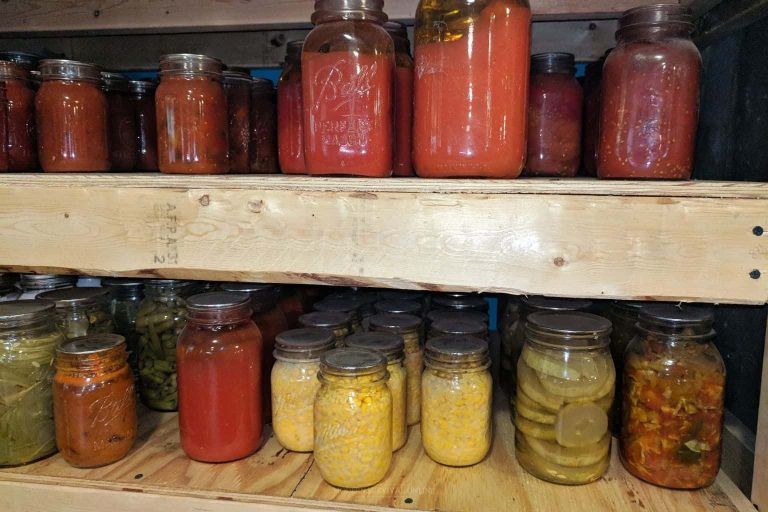
Cheese Gromit!,
I had tried to make cheese from recipies I had found online with little success. I was rather frustrated and decided to buy this book and see what I was doing wrong. My first batch was a chedder cheese which came out exactly as the book promiced first time. My second batch was a gouda cheese which I upsized to a 3 gallon batch from the 2 gallon recipie using the instructions in the book and once again it came out perfect.
For the money it has to be the best aid to a home cheesemaker that one can buy. I highly recomend this book to anyone who wants to start out making cheese.
Was this review helpful to you?

|Excellent Foodie Background Reading. Good cheese too,
`Home Cheese Making’, 3rd Edition, formerly `Cheesemaking Made Easy’ by cheesemaking equipment supplier, Ricki Carroll is one of those books like Sandor Ellix Katz’s book `Wild Fermentation’ and Sally Fallon’s Nourishing Traditions’ which a dedicated foodie should read, if only to appreciate exactly how cheese is made and to thereby appreciate the differences between hard and soft cheeses as well as cheeses made from cow, goat, buffalo, and sheep milk. The procedures for cheesemaking can give us a much closer connection between everyday cooking and the transformations which turn milk into cheese than can be achieved by even a close reading of Harold McGee’s chapter on milk in `On Food and Cooking’.
Aside from dedicated foodies and the armchair foodies whose experience is largely from Food Network travelogues, there is the hard core cheese hobbyist and unregenerated counterculture `Whole Earth Catalogue Hippie’ who grows a lot of their own food and makes their own wine or beer to foster an independence from commercial products. This book is really for you.
The first thing which both pleased and surprised me about the book is that it does not limit itself to soft, fresh cheeses such as queso blanco, mozzarella, cream cheese, mascarpone and mozzarella. It doesn’t even stop at cured mozzarella, giving provolone. It goes all the way to the hard grana cheeses such as Romano and Parmesan, plus cheddar, blue cheeses, and the soft cured cheeses (Brie, Camembert, Limburger) along the way.
One thing I should not minimize is that while the learning curve from conventional cooking to cheesemaking is not very steep, the investment in time, equipment, and special techniques for cleaning and sterilization may be a bit more than you will encounter when you get into some new culinary fields such as bread baking, souffles, and preserves. While buttermilk and crème fraiche may be pretty easy, even a product as simple as cottage cheese requires at least two specialized ingredients not carried by your local megamart.
In fact, if you are already familiar with the techniques involved in home beer brewing, canning, pickling, or wine making, you are probably already halfway to having the necessary skills and space needed to do serious cheesemaking. Unfortunately, this does not give you a leg up to access to the best raw materials. I suspect that serious cheesemaking for most types of cheeses may be beyond the resources of a typical city apartment or condo dweller, unless you have the time to take regular trips to farms to obtain the right kinds of milk. While I have not looked for them in New York City, I suspect that even Zabars doesn’t have a lot of the raw materials you will need for recipes in this book.
While my favorite megamart does have only conventionally pasteurized cow’s milk, it has no goat’s milk, sheep’s milk, unpasteurized milk, or single pasteurized cream. The very best location for getting into serious cheesemaking is probably in a standalone house and garage located close to goodly supply of dairy farmers. Living close to people like the Amish or Mennonites who just may do this on a regular basis, not to mention have a handy supply of raw cow’s milk may be the very best venue for mastering cheesemaking.
It occurs to me that I have not given this book enough credit. In addition to many recipes for some very, very serious long-term cheese making, there are a number of recipes for things such as buttermilk, crème fraiche, sour cream, kefir, yogurt, butter, ghee, paskha and clotted cream. Unlike recipes you may find in most general cookbooks, the recipes for buttermilk, sour cream, and crème fraiche are not `approximations’ or close substitutes. They are the real deal, which means that the recipes call for the kind of starter culture that can only be bought from a speciality mail order source.
Note that while the book does cover some simple yogurt recipes, I would not push it as a book on yogurt making. If that is your real interest, look for a title specializing in yogurt.
The general utility of the book is further enhanced by Chapter 11 that includes a quick course on the proper techniques for cutting and serving cheese. This same chapter contains several recipes for staple products using buttermilk, ricotta, fromage blanc, and yogurt. These are mostly breads, muffins and biscuits. It also has several recipes for dairy-based dips, spreads, dressings, appetizers, salads, pizzas, and veggie dishes. Personally, if I ever wanted to go beyond the fringe with foodie mania, I would much sooner go in the direction of cheese making and artisinal breads than towards the raw food doctrines. Those ancient Greeks and Romans knew a good thing when they saw it!
It will probably not be lost on you that the book’s author happens to be in the business (New England Cheesemaking Supply Company) of selling equipment…
Read more
Was this review helpful to you?

|Not bad, but there’s better out there.,
After much experience with wine and beermaking, I decided to try making my own cheese. Well, it is defiantely not a trivial matter. We are not making pasta here… This book was not bad, and helped me understand the process of making cheese but the actual recipes were confusing and hard to follow. If you have never made cheese before, try another book. There are better ones out there by Shane Sokol & Barbara Ciletti for beginners. In summary: a nice book if you want some insight into the cheesemaking process, but on the “how-to” side, the book is of limited use once you have gone past your first steps.
Was this review helpful to you?

|